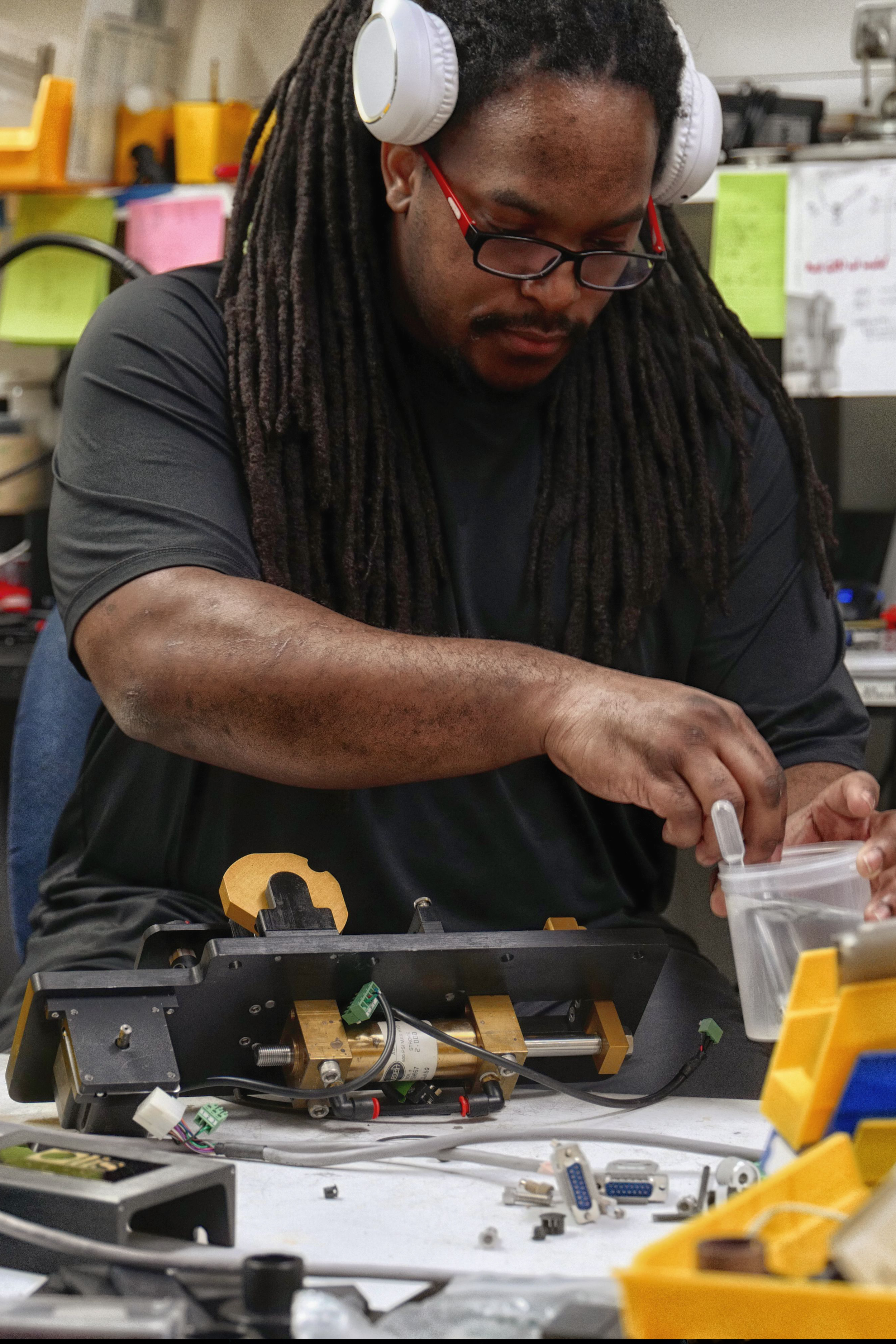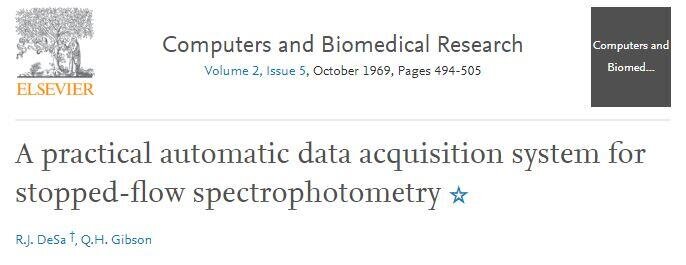Some Known Details About Uv/vis/nir
Some Known Details About Uv/vis/nir
Blog Article
Uv/vis/nir - The Facts
Table of Contents10 Simple Techniques For Circular DichroismThe Buzz on Uv/vis/nirEverything about Uv/vis/nirA Biased View of Circular DichroismA Biased View of Uv/vis/nir

Spectrophotometry is most frequently used to ultraviolet, noticeable, and infrared radiation, contemporary spectrophotometers can interrogate large swaths of the electro-magnetic spectrum, including x-ray, ultraviolet, noticeable, infrared, and/or microwave wavelengths. Spectrophotometry is a tool that hinges on the quantitative analysis of molecules depending on how much light is soaked up by colored substances.
Spectrophotometers Fundamentals Explained
A spectrophotometer is typically utilized for the measurement of transmittance or reflectance of solutions, transparent or opaque solids, such as refined glass, or gases. Lots of biochemicals are colored, as in, they absorb noticeable light and therefore can be measured by colorimetric procedures, even colorless biochemicals can often be converted to colored compounds appropriate for chromogenic color-forming reactions to yield compounds ideal for colorimetric analysis.: 65 Nevertheless, they can also be developed to measure the diffusivity on any of the listed light ranges that normally cover around 2002500 nm using different controls and calibrations.
An example of an experiment in which spectrophotometry is used is the decision of the balance constant of an option. A specific chemical response within a service might happen in a forward and reverse instructions, where reactants form items and items break down into reactants. At some point, this chain reaction will reach a point of balance called a stability point.
Circular Dichroism for Dummies
The amount of light that travels through the solution is indicative of the concentration of particular chemicals that do not enable light to go through. The absorption of light is because of the interaction of light with the electronic and vibrational modes of particles. Each type of particle has a private set of energy levels related to the makeup of its chemical bonds and nuclei and hence will absorb light of specific wavelengths, or energies, leading to unique spectral properties.
They are extensively utilized in many markets consisting of semiconductors, laser and optical manufacturing, printing and forensic assessment, as well as in labs for the research study of chemical substances. Spectrophotometry is typically utilized in measurements of enzyme activities, decisions of protein concentrations, determinations of enzymatic kinetic constants, and measurements of ligand binding reactions.: 65 Eventually, a spectrophotometer is able to identify, depending on the control or calibration, what compounds are present in a target and exactly how much through computations of observed wavelengths.
Created by Arnold O. Beckman in 1940 [], the spectrophotometer was produced with the help of his colleagues at his company National Technical Laboratories established in 1935 which would become Beckman Instrument Business and eventually Beckman Coulter. This would come as an option to the formerly created spectrophotometers which were unable to take in the ultraviolet properly.
Uv/vis/nir for Dummies
It would be discovered that this did not give acceptable outcomes, for that reason in Design B, there was a shift from a glass to a quartz prism which permitted much better absorbance results - circular dichroism (https://www.quora.com/profile/Julie-Ann-DeSa-Lorenz). From there, Model C was born with a modification to the wavelength resolution which ended up having three units of it produced
It was produced from 1941 to 1976 where the price for it in 1941 was US$723 (far-UV accessories were an alternative at additional cost). In the words of Nobel chemistry laureate Bruce Merrifield, it was "probably the most crucial instrument ever developed towards the advancement of bioscience." Once it ended up being stopped in 1976, Hewlett-Packard produced the very first commercially readily available diode-array spectrophotometer in 1979 referred to as the HP 8450A. It irradiates the sample with polychromatic light which the sample takes in depending upon its properties. It is transferred back by grating the photodiode variety which detects the wavelength area of the spectrum. Ever since, the production and application of spectrophotometry gadgets has increased tremendously and has actually become one of the most ingenious instruments of our time.

The 7-Second Trick For Uv/vis/nir
The grating can either be movable or fixed.
In such systems, the grating is repaired and the intensity of each wavelength of light is determined by a various detector in the variety. Additionally, most modern-day mid-infrared spectrophotometers use a Fourier transform strategy to get the spectral details - https://www.pearltrees.com/olisclarity1#item574664694. This strategy is called Fourier change infrared spectroscopy. When making transmission measurements, the spectrophotometer quantitatively compares the fraction of light that goes through a recommendation option and a test service, then digitally compares the strengths of the 2 signals and calculates the percentage of transmission of the sample compared to the reference standard.

Report this page